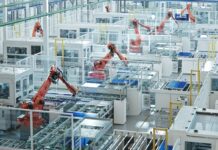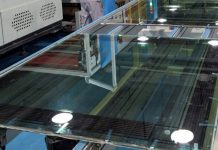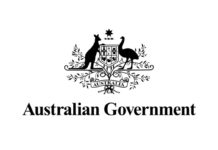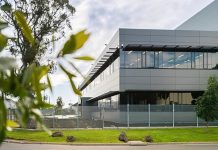
The NSW Government has underlined the role of critical minerals in strengthening the state’s manufacturing sector, bringing together industry leaders, workers, and researchers in a new partnership to drive jobs and innovation.
Minister for Natural Resources Courtney Houssos said the committee is central to advancing projects that will support both regional economies and the state’s manufacturing capability.
“NSW has a once in a generation opportunity to position itself as a global leader in the critical minerals sector,” Houssos said.
“Critical minerals projects can be a big driver of jobs and economic opportunities across regional NSW. We’re reaching out and doing what we can to partner with the sector as it grows over the next decade.”
The government said the advisory committee will provide expertise to help guide its policies, particularly in ensuring communities benefit from the estimated 2,700 new jobs that could be created in the expanding sector.
Representatives from the NSW Minerals Council, the Critical Minerals Association of Australia, the Mining and Energy Union, the Australian Workers Union, the Association of Mining and Exploration Companies, and leading universities are all participating.
The Minister highlighted that minerals and metals mined in NSW are vital to the manufacturing of products critical to achieving a net zero future.
“Extensive consultation informed our strategy, and continuing these discussions as it is implemented means the strategy will continue to be responsive and deliver for the industry, for workers and the broader NSW economy,” she said.
Since launching the strategy in October 2024, the NSW Government has introduced several measures, including a $250 million Critical Minerals Royalty Deferral Scheme to attract investment, an exploration co-investment program, and the first stage of the Geological Survey of NSW’s Central Lachlan Seismic Survey.
It has also released findings from the Mine Reuse Project, which identified 28 current and historic mine sites with potential deposits of critical minerals and high-tech metals.
Stephen Galilee, CEO of the NSW Minerals Council, said industry welcomed the committee’s creation. “The establishment of the Critical Minerals Ministerial Advisory Committee is a welcome step in ensuring NSW remains competitive in the global race for critical minerals. Industry collaboration will be key to unlocking the full potential of our mineral resources,” he said. “NSW has the geological potential and the skilled workforce to lead in critical minerals development.”
Kerry Atkins, Director of the Association of Mining and Exploration Companies, said exploration remains at the foundation of future success.
“This committee marks a significant milestone in NSW’s commitment to fostering a thriving critical minerals sector. It’s encouraging to see government, industry and research working together to drive innovation and investment,” Atkins said.
The government noted that five critical minerals and high-tech metals projects have already commenced or resumed production in NSW. These include the Federation Mine near Cobar, producing zinc for batteries, and the Hillgrove mine, which holds one of the world’s largest deposits of antimony, a metal crucial to the manufacturing of solar panels.
Union representatives also emphasised the importance of worker participation in the sector’s development. Mining and Energy Union South Western District President Bob Timbs said, “Critical minerals mining presents a major opportunity for secure, well-paid jobs in regional NSW. We’re pleased to be part of a process that puts workers and communities at the centre of the transition to a net zero economy.”
Australian Workers’ Union NSW Assistant Secretary Ron Cowdrey said unions would play a vital role in supporting workers and communities.
“We welcome the establishment of the Critical Minerals Ministerial Advisory Committee as a vital step in ensuring that workers have a strong voice in shaping the future of this emerging industry,” Cowdrey said.
The NSW Government said the committee will meet quarterly as it continues to implement the Critical Minerals and High-Tech Metals Strategy.
The full strategy is available on the NSW Government website.


















